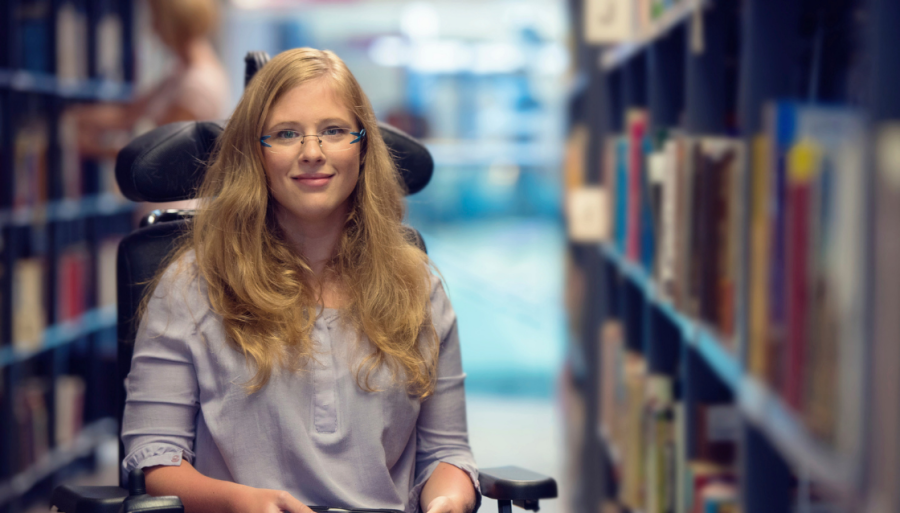
Assistive Tech Tool For Students With Learning Disabilities
Assistive technology (AT) is one of the most crucial tools in education today. Having the right AT gives students of all abilities empowerment in their learning.
What is assistive technology?
Assistive tech is a type of device that helps a person do specific tasks they would otherwise be unable to do. These tech items support students fully to take part, learn and succeed in school.
Some examples of assistive tech and equipment include:
- Customisable furniture
- Mobility equipment and resources
- Literacy Aids
- Communication software
- Inclusive recreation equipment
Assistive Technology for a modern learning environment
As more schools use Assistive Technology in classrooms, here are some ways teachers can use these tools to guide students' learning:
For students who are blind or visually impaired
Many devices like Chromebooks come with audiovisual help. Chromebooks have a screen reader that will read content out loud from the web browser. They also have features to make on-screen content easier to read, like screen magnifiers and high contrast mode. For students who need braille support, they have the choice to plug in and use Braille keywords or use speech to text software.
For students with speech disabilities
Speech to text software can also aid students with speech disabilities. This software can help them better communicate with teachers and peers.
For students who are D/deaf or hearing impaired
FM systems can help students who have hearing loss communicate clearly even if the classroom is noisy. When teachers use video in class, they can use educational apps or tools that use closed caption features.
For students with learning disabilities
We're fortunate to live in a time where there are plenty of tools to assist students with cognitive disabilities. Microsoft Immersive Reader, for example, is specifically designed for students with dyslexia. Virtual Reality experiences in the classroom are especially helpful for students with Autism.
For students with mobility requirements
One way teachers can create an inclusive classroom is by using flexible furniture. Things like stand up tables, soft fall maps, and accessible workbenches give students freedom and comfort in the classroom.
If you’re looking for budget friendly mobility aids for everyday living, eBility is here to help.
eBility is your one-stop accessible marketplace. We're a classifieds marketplace for buying and selling disability-related assistive technology, aids and equipment. We connect buyers and sellers to disability equipment and products.
Check out our listings! If you have any disused, secondhand equipment you can either sell or donate it by posting an ad on the eBility Classifieds!


